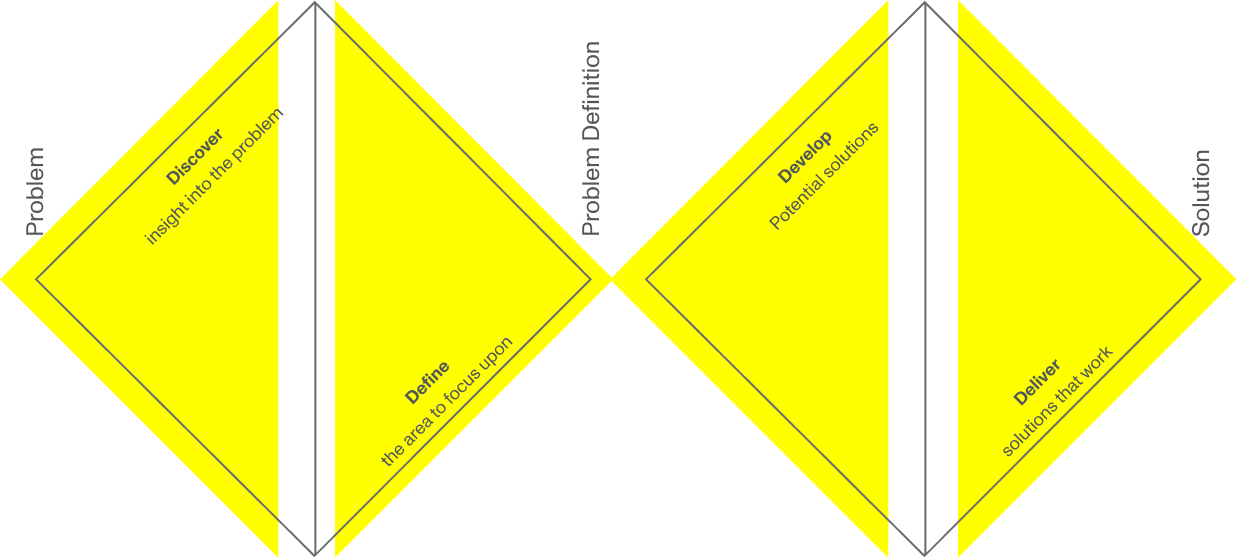Luke Gallimore, Head of Product Management at Monstarlab UK, explains the difference between a product owner and product managers, their roles and responsibilities as well as his thoughts on how organisations can leverage their experience and mindsets optimally.
One of the most common questions I get asked is ‘what’s the difference between a product owner and product manager?’.
This is a critical difference to get right for successful digital transformation.
Often the product owner title and product manager title are used interchangeably. This causes a lot of confusion in teams who are used to — for example — product owners doing one thing, but then a product manager comes in and does that same thing. It destroys predictability and therefore efficiency.
My answer to the question is always the same.
Product managers are biased towards the strategic, and product owners are biased towards the tactical.
What does this mean in practise?
A strategic-focussed role is thinking about broader things, in less detail and at a greater distance into the future. A tactical focussed role is thinking about narrower things, in more detail and at a shorter distance into the future.
Product managers think more (but not exclusively) about the longer-term, and product owners think more (but not exclusively) about the shorter-term.
The Digital Transformation Train
Imagine a steam train rumbling down a track, but the track has not been finished yet. The journey of digital transformation is not that dissimilar.
You can think of the product owner as the driver. They will be asking questions like, ‘how hot is the engine, how fast are we going, do we have enough coal, are the team shovelling that coal getting tired, where is the next corner and do I need to slow down or speed up?’.
On the other hand, the product manager is the one planning out and laying down the track a few miles ahead. They are asking questions like ‘how far behind is the train, what obstacles are ahead of us, how will we reach our destination fastest, how much track do I need, how will we cross that river?’
There is a big overlap in the concerns and tasks of the two roles. There is not a hard, thick line of responsibility between the two of them. A good product owner and product manager team know each other’s strengths and weaknesses, they communicate incredibly well and they find a healthy tension between the ‘now’ and the ‘next’.
If you are a product owner, ask your product manager for a stronger vision and clearer roadmap. If you are a product manager, ask your product owner for greater clarity on status and projected progress.
The Jekyll and Hyde Problem
Here’s a common follow up question. ‘Should the product owner and product manager be the same person?’
My answer to this is also always the same.
It is always better to have two people doing these two roles — if you can afford to.
Why? Thinking about the distant future and the immediate future require very different mindsets. Trying to do this inside a single skull inevitably leads to a ‘Jekyll and Hyde problem’. This is where your product owner/manager is trying to balance two opposing forces — pain now and future pain. It is impossible to make consistently good decisions in that scenario.
When the human brain is forced between thinking about the distant future and immediate future, we have evolved to always perceive the ‘need of the now’ to be greater. This is good sense for hunter-gatherers, but not such good sense for product teams.
In other words, when you force one person to be both tactical and strategic, tactical always wins out. This means that decisions are often made, which prioritise short-term progress at the cost of the long-term vision. This is how you create technical debt and product debt.
To keep the train moving in the right direction, you need the healthy tension I previously described between product owner and product manager. There must be balance between the tactical and the strategic. The debate must be out in the open — not in one person’s head.
How do you define the two roles?
Key takeaways
- A common question in digital transformation is ‘what’s the difference between a product owner and product manager’.
- Product managers are biased towards the strategic, and product owners are biased towards the tactical.
- This is analogous to a train driver (product owner) and track builder (product manager)
- One looks after the train, the other ensure there is somewhere for it to go
- Another common question is ‘should the product owner and product manager be the same person?’
- The answer is always ‘no’ because you need healthy tension and debate between two individuals to balance long-term and short-term priorities.


